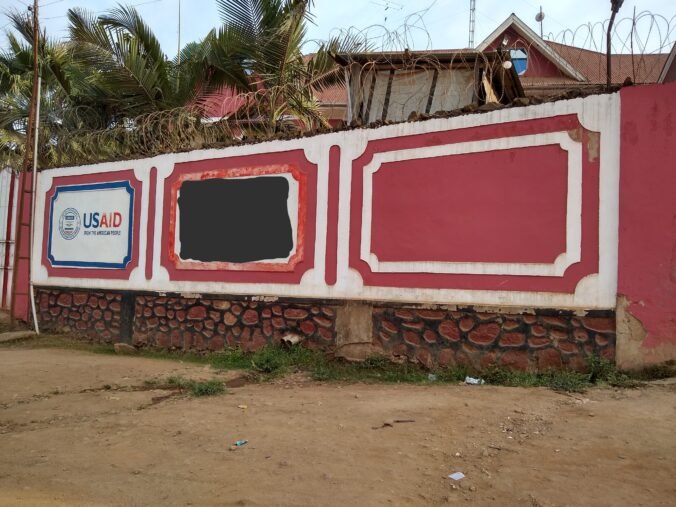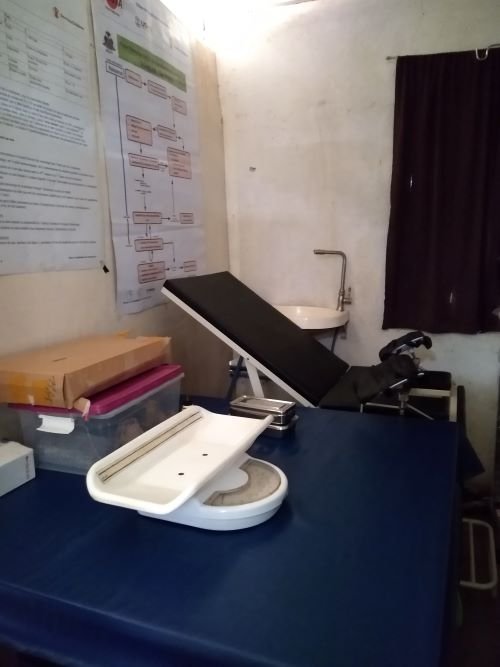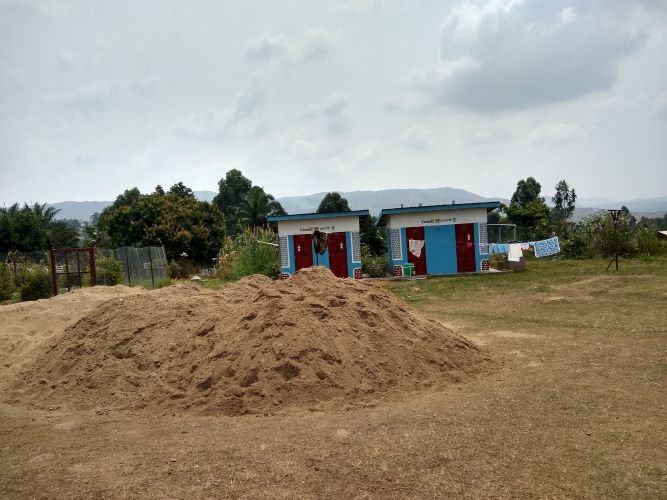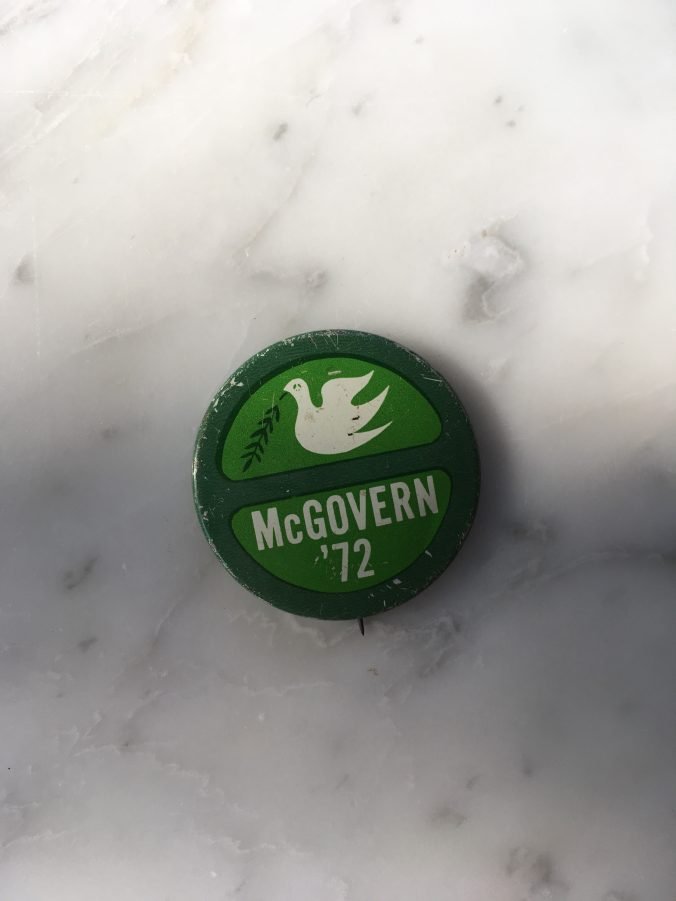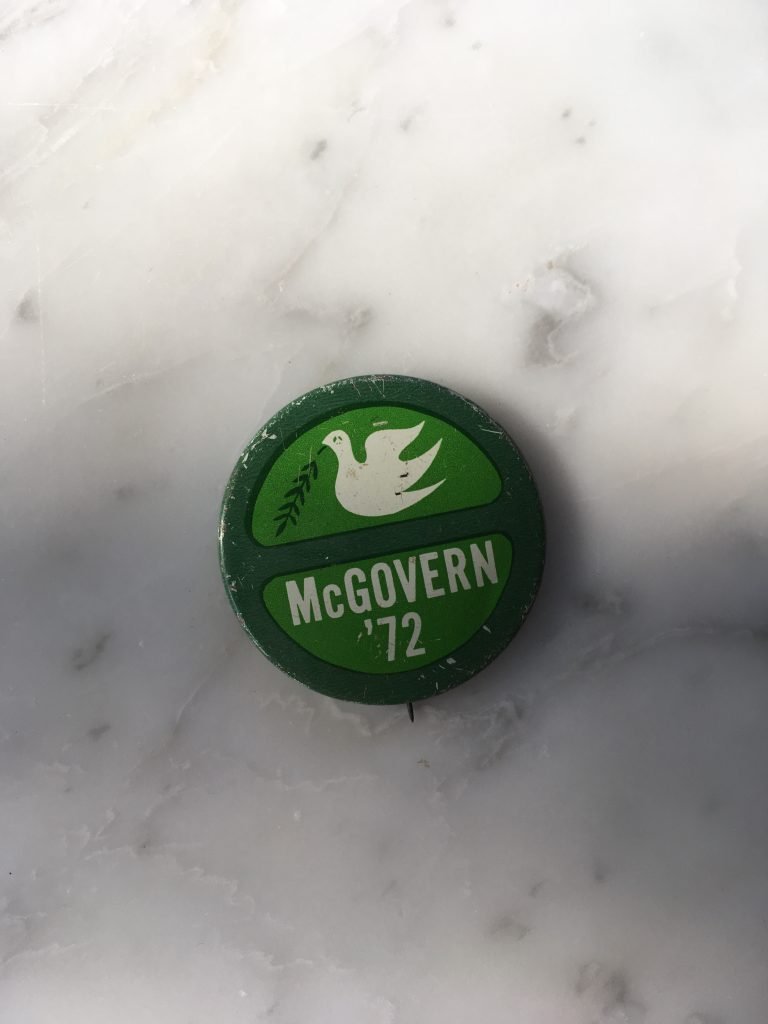Notice the byline on this post? Yes, the ‘USAID-funded researcher’ is none other than our middle daughter, Michelle. And yes, she is one whose voice was silenced on 1/20/2025. A few weeks ago, Michelle asked if she could share her perspective with my readers.
It was time.
(note: part 2 is the longest of this 3-part series – read time 12+ minutes)
PART 2: Chaos and Destruction
I worked at a non-governmental organization (NGO) that won contracts from USAID for a variety of international development and humanitarian assistance projects. I know from experience that Americans typically do not know much about international development and humanitarian assistance.
A frequent question I get is along the lines of, “what does that mean?”
People who do this type of work typically have a brief response. We don’t spend much time sharing what we do unless explicitly asked, mostly because we love our work but don’t really see the need to market our work.
We love it, and we believe in it, and for us, that is enough.
My response is typically something like, “I do research about education projects that the U.S. is funding in lesser developed countries.” I elaborate when asked for more details, giving an example of a recent project I worked on. But honestly, I rarely expect anyone else to be interested in my work since I know that our passions are deeply personal, and work is not always synonymous with passion.
My standard way to change the topic goes something like this:
“I think this is cool, but I’m also a nerd and can sometimes drone on about nerdy things like my latest research project. Tell me more about [insert the other person’s job here]. That sounds really interesting!”
That said, a bit of context is in order. Foreign assistance makes [made] up about 1% of the federal budget, and that 1% includes diplomacy. Development and humanitarian assistance (a.k.a. USAID) only account(ed) for about 0.6% of the federal budget in fiscal year (FY) 2023 (about 0.3% of the federal budget in FY 2024).
I am focusing on the percentage of the federal budget here because the raw dollar amounts are large: USAID’s budget in fiscal year (FY) 2024 was about $21.7 billion. However, important perspective is lost when the focus is on the dollar amount rather than the proportion to the whole. Consider that the US federal budget in FY 2024 was about $6.78 trillion.

Felix Houphouët-Boigny – first president, Côte d’Ivoire, 1960-1993

Dr. Martin Luther King, Jr
Motivation for Peace Murals, Universite de Cocody, Abidjan
Given that people typically do not know this work exists, it might not be common knowledge that it was among the first (if not the first) industries targeted and destroyed by the new-at-the-time Administration’s “efficiency operations.”
I recall very clearly telling my best friend that I was in the cross-hairs because of the new “efficiency operations,” and she was honestly shocked. She told me that she had no idea that the work I did was related to any of the executive orders, and I share almost as many work stories and job-related details with her as I share with my husband.
Foreign assistance may have been among the first targeted by the Administration’s “efficiency operations” due to its relatively small budget, which lent itself to serving as a proof-of-concept. As a proof-of-concept, maybe the goal was to test whether the methods of the “efficiency team” to eliminate other federal agencies would be acceptable to the public.
With this theory in mind, let me tell you some of what happened, from an insider perspective. I am sharing some details here because I think again of my best friend. Every time I gave her an update, she was shocked. She told me that all she knew was what was being reported on the news, which was minimal. When I probed for details, I learned that the only thing she was hearing was that the “efficiency team” was conducting a 90-day review of USAID.
Please Note: and let me be VERY CLEAR about this, this explanation of “what happened” is ONLY MY PERSPECTIVE. I DO NOT SPEAK FOR ANYONE ELSE. I also caution, as a social scientist and qualitative researcher, this is subject to recall bias. *
Let me also be very clear that I do not know everything that happened. I can only share what I know, but I will offer a few resources at the end for those who want to learn more. I am also going to refrain from stating who is doing what. I may offer a few titles of people, but I’m not going to use names.

USAID Shutdown & Elimination of Services – Partial Timeline of events (2025)**
scroll down for interactive presentation
or
click here for pdf version
Piecing it Together
As I sat down to put the timeline of events in writing, I was struck with what the timeline shows and what it does not show. I see a rapid timeline, in which a 90-day review produced “results” within a few weeks instead of three months. I remember thinking at the time that everything was happening very fast, but I didn’t realize it was that fast until I made this timeline.
What is not easily conveyed in the timeline is the chaos. Yes, I mention the “roller coaster of terminations, re-approvals, partial terminations, and re-terminations,” and I share that we kept waiting for instructions on how to support the review. But the chaos was more than that.
Updates were coming in by the minute. At the NGO where I worked, we were sending messages to our colleagues and our leaders in Teams messenger, WhatsApp, and through “old fashioned” text messaging almost constantly to try to figure out what was happening and what we could actually do. Our internal communication channels were filled with links to every new update.
We wanted to know how we could spend our time at work if we could not work. What actions could we take to support the review and address misinformation? How could we be useful? How could we continue to collaborate with our international peers and serve those we wanted to serve while upholding our commitment to their protection and dignity?
Our biweekly staff meetings turned into weekly townhall meetings, and the NGO’s leadership team started sending email updates with FAQ sections. The main takeaway from the FAQ was that nobody knew anything. We wrote project justifications to explain how our projects supported the administration’s agenda, then we would hear that the terms used to explain the agenda had changed slightly.
We wrote and rewrote our justifications each time the administration clarified the agenda to make sure that we were addressing each new concern, but the agenda was never fully defined. “Make America stronger, safer, and more prosperous” was repeated, but we were never told exactly what that meant.
Instead, we would hear different snippets and talking points from the Secretary of State and try to glean exactly what that meant for us and our work as we wrote justifications that we would never get a chance to submit for consideration.
Our HR team gave us advice on updating our resumes and LinkedIn profiles. The leadership team told us that the company might survive the review but most likely our jobs would not. Our hours were cut, with an affiliated reduction in pay. I was lucky enough to work for a company that was transparent: I was given a week’s notice that I would be furloughed for 6 weeks, and I was told that I should expect to lose my job at the end of the furlough.
Not all of my peers were so lucky. Some started a random workday only to find that a new meeting with their boss had appeared on their calendar for 9:15 AM that same day, and they were let go with no advance notice.

During this period, a colleague told me a story about their experience out in the real world. While waiting in line at a coffee shop one day, they overheard someone in line say that all federal workers and contractors (which included all USAID-funded workers) deserved to lose their jobs because they were lazy paper pushers, grifting off hard-working taxpayers.
My partners in Lebanon, with whom I collaborated for a research project on the potential for tolerance education programming in the conflict-affected country, were reaching out to me on WhatsApp, sending me messages of hope and comfort. My colleagues in the DRC sent me messages of support on social media. I felt compelled to apologize in return, for the hateful message that our country was sending.
Some of my colleagues stopped sleeping. My body would not stop trembling from the adrenaline. My poor, patient husband held me while I wept, listened to me while I shouted, and watched helplessly while I stared off into space, trying to make sense of the chaos. It felt like we were fighting a battle but did not know the rules of engagement.

Termination Logic?
Early on in the shutdown process, many of us suspected that contracts were terminated based on a simple “control + F” key word search to identify “terminology non grata” within contract documents, such as “woman”, “girl”, “diverse”, “equity”, etc. Ecology projects focusing on biodiversity were canceled, investment literacy projects focusing on helping people build financial equity were canceled, and so on. This seems [seemed] to be the case for grants outside of foreign assistance, such as NSF and NIH. For foreign assistance, since more than 80% of contracts were canceled, it seems more likely that the intention was “control + A + delete” (select all and delete).



Communication Embargo
I had to be very careful how I navigated the stop work orders, because contact with people outside of my company was tricky. USAID staff had been given very clear orders from above to cease all communication, so I had to make sure that any contact with my USAID counterparts used language that would not be interpreted as counter to the orders. But I had to communicate with them, to make sure that things did indeed stop and that all involved parties had the appropriate documentation of the cessation.
I had to be very careful about my communication with non-USAID colleagues, too, for the same reason – any misinterpretation of my communication as hostile could have negative consequences for my colleagues and maybe even for myself. Additionally, people were very afraid of being FOIA-ed (Freedom of Information Act), or of their email being hacked by people who were part of the administration’s “efficiency operation” – again, due to fears of misinterpretation and retribution.
People were scared – speak out, be accused of treason.
There are now reports that indicate their fears were not entirely unfounded.
I was aware of my peers’ fear. I could speak out, but would I be putting them in danger of retribution, job loss, or worse? Will this blog post put my family on a watch list?
Do No Harm is foundational to my work and part of my core ethos, so I take this very seriously.
Make no mistake, we were being censored by the administration.
Loss of Transparency
While this was happening, all the publicly available data, all the publicly available resources, all the publicly available reports on every project ever conceived, disappeared from the public view. Data, research, information, spanning decades…all deleted.
Gone was the evidence that the “review” was not based on reality. Gone was the evidence that shows that the projects are not some evil force, pushing terrible ideologies, full of fraudulent charges and corrupt practices.



Primary school in rural Côte d’Ivoire – teaching communication skills
When the public can no longer access the data, reports, and information, those conducting the review are free to say anything. This deletion of data, research, results, etc., is happening across sectors and agencies beyond USAID. Health data – gone. Health research results – gone. Websites – gone.
The virtual “wall of receipts” made available by the administration’s “efficiency team” is supposed to provide hard evidence of fraud and provide hard evidence of cost savings (or “efficiencies”). It is littered with inaccuracies and it keeps changing. When this is called out, the answer provided is, “we will make mistakes.”
These mistakes are costing people their lives, costing Americans their jobs, and costing the American public a lot of money. Yet those making the mistakes are not being held accountable.
These mistakes are careless, with very real consequences to people’s very real lives, and with consequences to operations, institutional knowledge, security, quality, effectiveness, and even efficiency. All of which have been glossed over in the name of the “savings” that do not exist.
*I have sought to mitigate this bias by triangulating my recollection with other sources and providing links to additional resources for the reader to explore. However, given my primary identity as “human” writing mainly from memory, please forgive any accidental omissions or unintentional misrepresentations.
**At the time of this Part 2 blog post publication, USAID is officially closed. June 30, 2025, marked the agency’s final day. As of July 1, 2025, all remaining agency work was officially consolidated and moved under the U.S. Department of State.
Next – Part 3: Unresolved
Header photo: USAID presence in DRC with non-governmental organization (NGO) affiliate logo scrubbed for privacy reasons
Insert photo: Jungle Road in middle of Abidjan, Côte d’Ivoire
All photos: Michelle L. Solorio
For Non-Exhaustive List of Additional Reading click here
